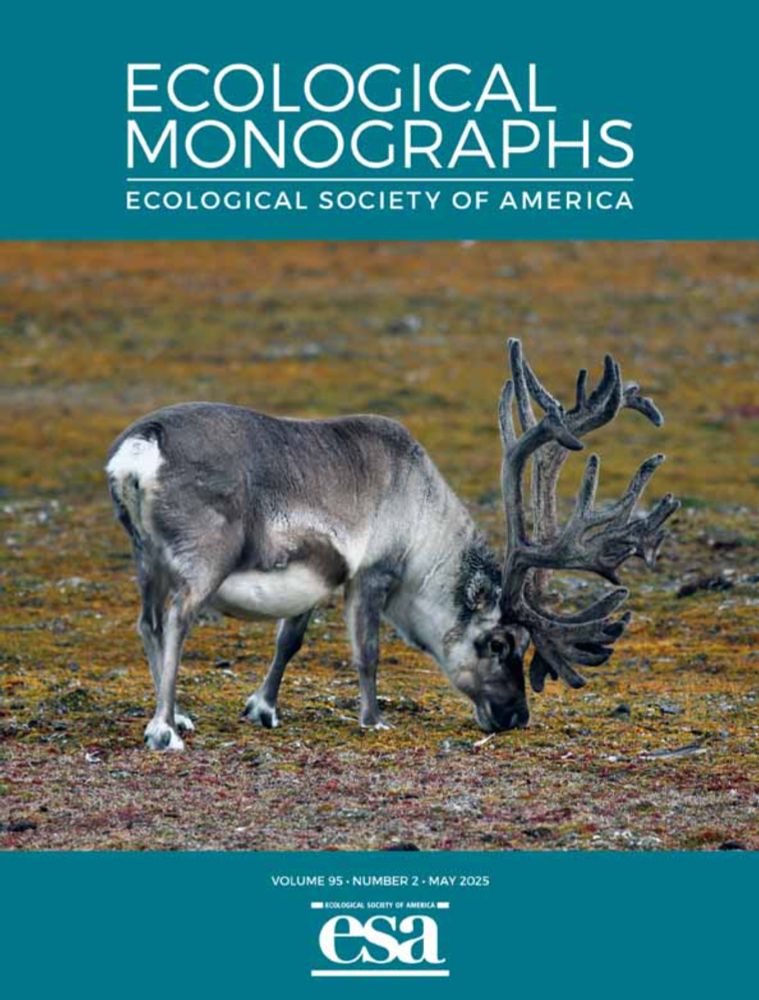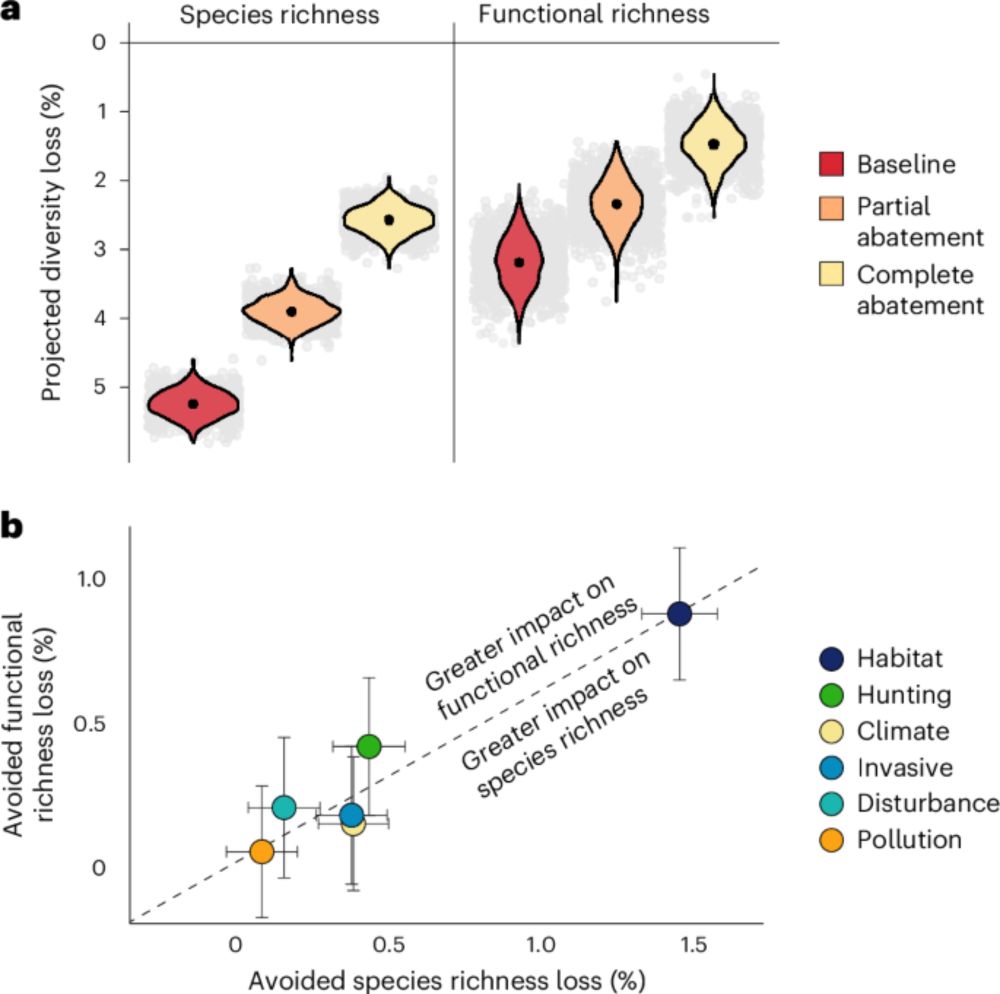
Trait-based ecology | Biodiversity
Professor of functional ecology
Department of Botany. University of Tartu
Reposted by Carlos P. Carmona

Huge thanks to @cpcarmona.bsky.social and Guochun Shen for their invaluable guidance and collaboration! doi.org/10.1111/ele.70259

With @cpcarmona.bsky.social, Agnese Bissi and @etordoni.bsky.social, we put together a perspective to test the effect of individual observations on trait space properties 👇👇
www.nature.com/articles/s44...
Reposted by Ben Bond‐Lamberty, Carlos P. Carmona, Eleonora Beccari

(🧵 1/6) The path towards a unified trait space: synthesizing plant functional diversity
nph.onlinelibrary.wiley.com/doi/10.1111/...
Reposted by Pol Capdevila, Enrico Tordoni, Eleonora Beccari
Why a common trait space matters, how to build it, and what it enables.
With @e-beccari.bsky.social
doi.org/10.1111/nph....
#PlantTraits #FunctionalDiversity
Congratulations, Kerry!
Reposted by Joseph A. Tobias, Carlos P. Carmona


Congratulations, Dr. Stewart!!
The EcCo lab will miss you, but we know you are off to do amazing things
Thanks to the excellent examiners @alexpigot.bsky.social & @vlboult.bsky.social
Reposted by Stefano Mammola, Neil A. Gilbert

#traits #functionaldiversity 📏🌐
Reposted by Catherine M. Hulshof
'none of the widely used metrics satisfy the requirements. Critical flaws leave them blind to the very biodiversity loss they're intended to detect. There's urgent need to develop new generation of FD metrics'
arxiv.org/abs/2506.17839 #ecopubs

Reposted by Carlos P. Carmona

'none of the widely used metrics satisfy the requirements. Critical flaws leave them blind to the very biodiversity loss they're intended to detect. There's urgent need to develop new generation of FD metrics'
arxiv.org/abs/2506.17839 #ecopubs
Reposted by Carlos P. Carmona



Another amazing work by @kerrys189.bsky.social, with @mgs-cielo-azul.bsky.social @josephtobias.bsky.social htobias.bsky.social, @expecocons.bsky.social ons.bsky.social, and others
Reposted by Carlos P. Carmona

Reposted by Carlos P. Carmona
"Threat reduction must be coupled with targeted recovery programmes to conserve global bird diversity" www.nature.com/articles/s41....
Great working with @mgs-cielo-azul.bsky.social, @josephtobias.bsky.social, @cpcarmona.bsky.social, @expecocons.bsky.social, Chris Venditti and Jo Baker.


